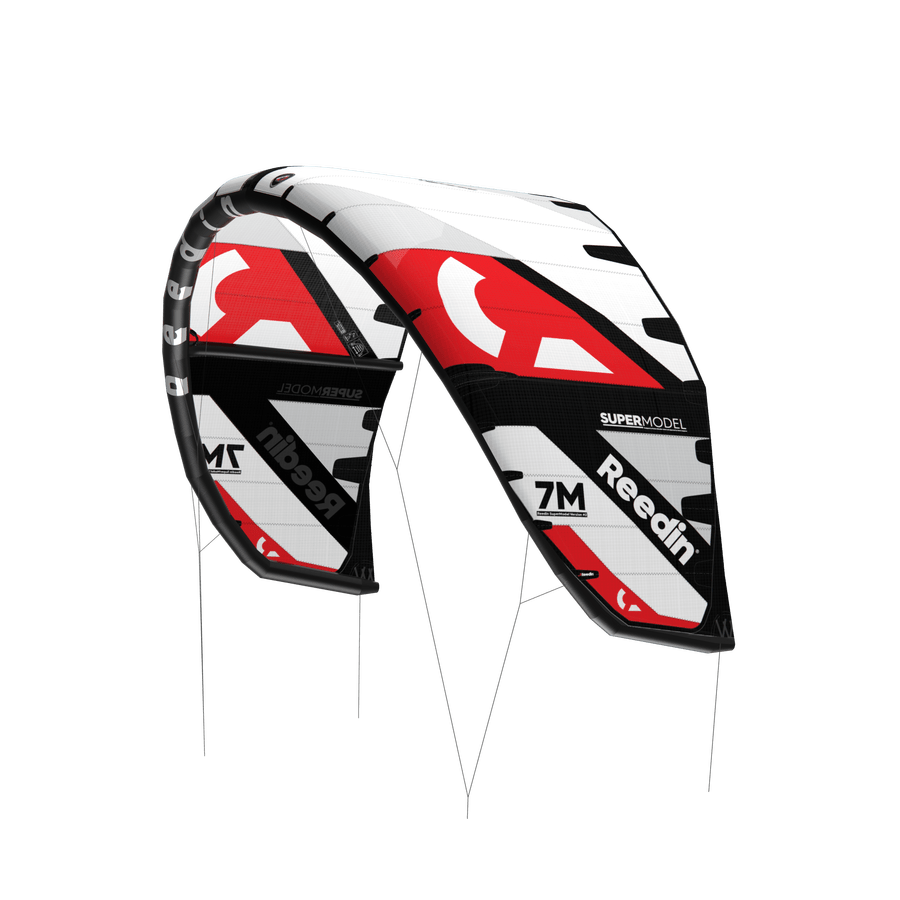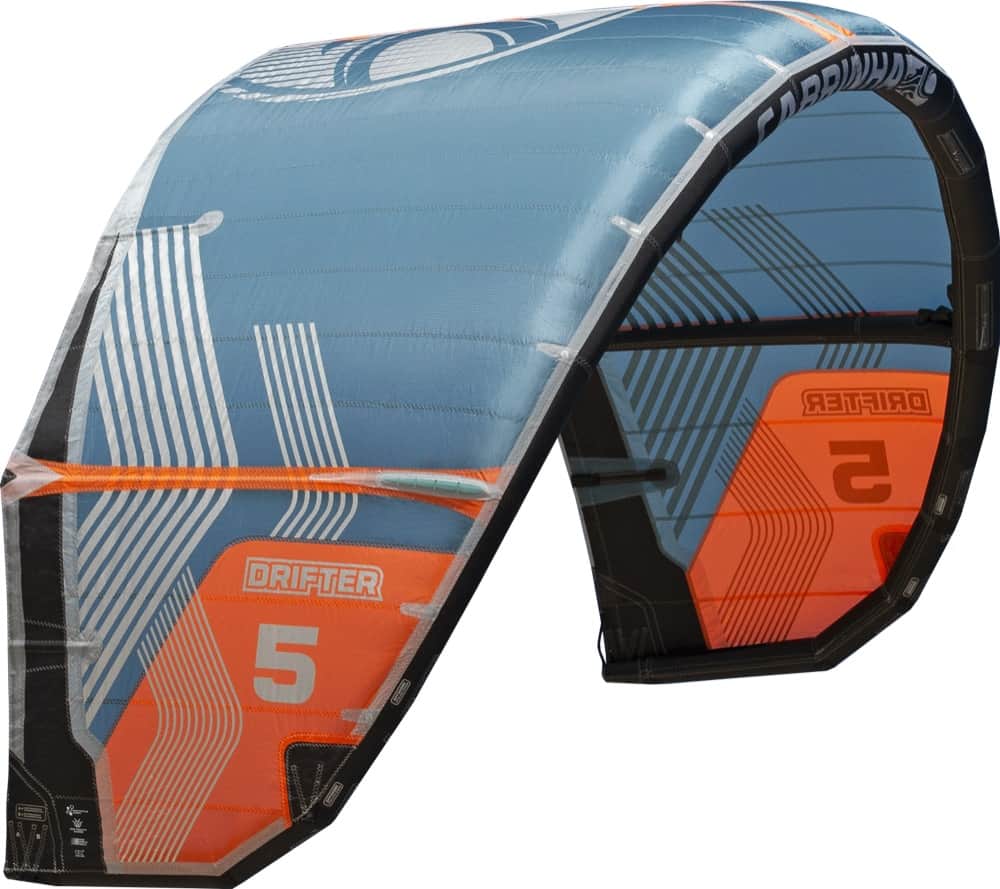Reedin Supermodel V4 Hybrid-Kite Review
Model Supermodel V4 by Reedin Year 2024 Shape Hybrid-Kite Riding Type Freeride, Surf, Foil Riding Skill Beginner – Intermediate Available sizes 14,12,11,10,9,8,7,6,5,4 m² The still very young kite manufacturer Reedin has been working diligently on their next version of the Supermodel. Just last year they launched their first kite, the Reedin Supermodel. Already the first … Read more

